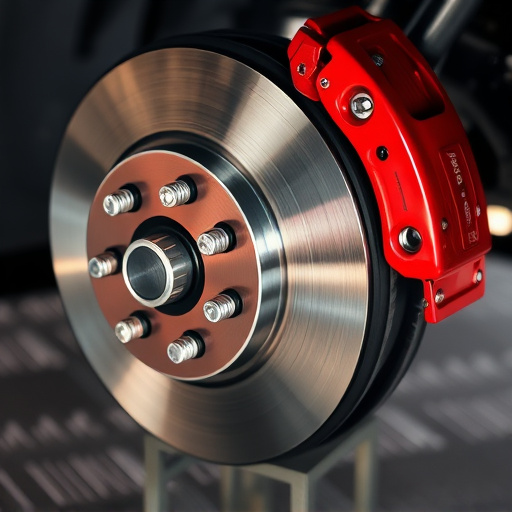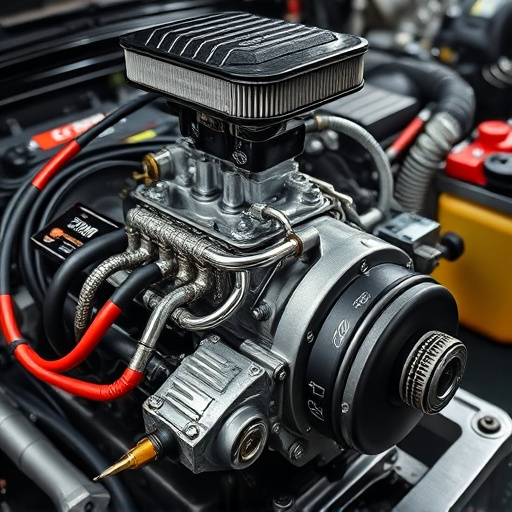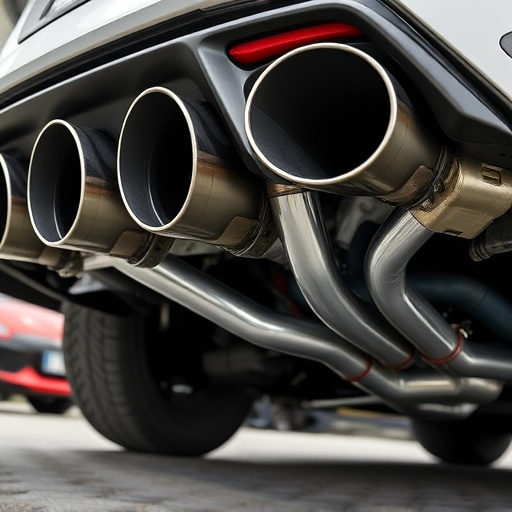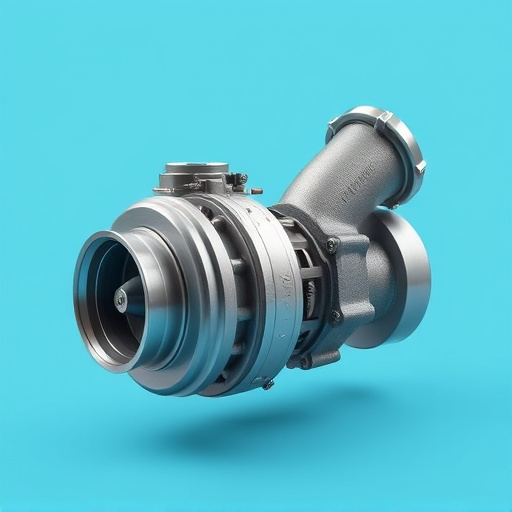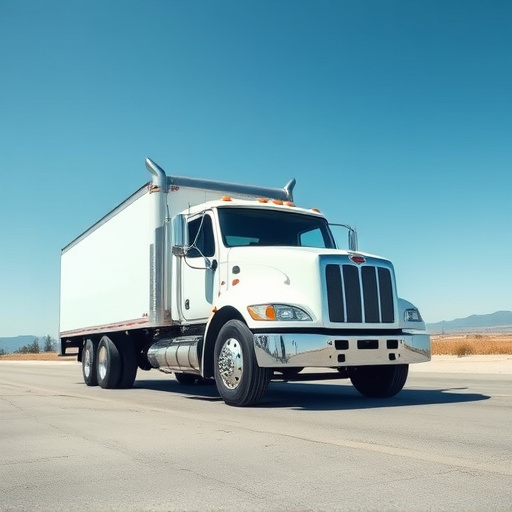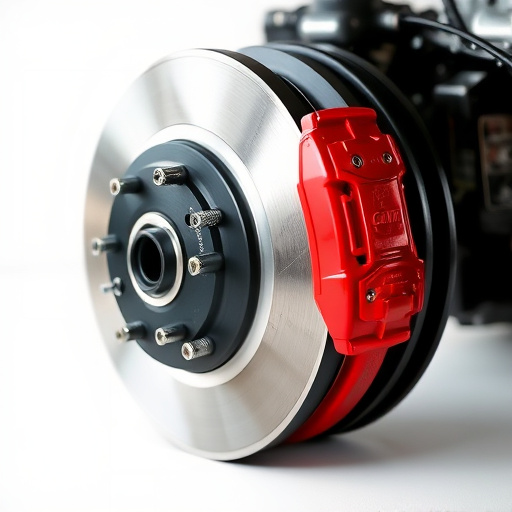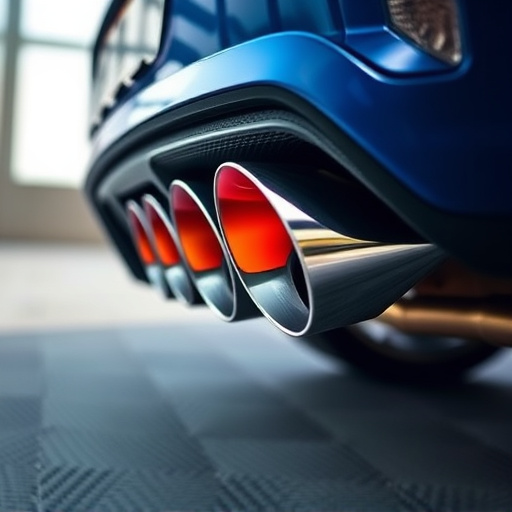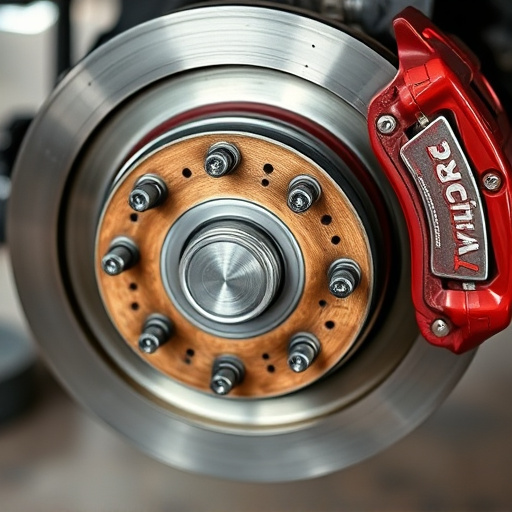Cat back exhaust systems, popular upgrades for turbocharged vehicles, offer substantial performance gains by bypassing catalytic converters to enhance gas expansion and reduce back pressure. Consisting of pipes, headers, mufflers, and resonators, they optimize gas flow, minimize noise, and improve vehicle responsiveness. Advanced versions manage exhaust gases for better engine efficiency and reduced emissions. While boosting power output and enhancing driving experience, these systems may increase sound levels, lead to higher emissions during initial breaks-in, and accelerate wear on brake rotors. Proper installation and maintenance can mitigate these issues.
A cat-back exhaust system, a crucial component in automotive tuning, offers significant advantages for turbocharged engines. This article delves into the intricacies of these systems, exploring how they enhance performance and optimize exhaust gas flow. We’ll discuss the benefits of installing a cat-back on turbo vehicles, from improved power delivery to reduced backpressure. Additionally, we’ll address potential drawbacks and essential considerations for optimal results, guiding readers in making informed decisions regarding their turbocharged engine upgrades.
- Understanding Cat Back Exhaust Systems
- Advantages of Installation for Turbo Engines
- Potential Drawbacks and Considerations
Understanding Cat Back Exhaust Systems
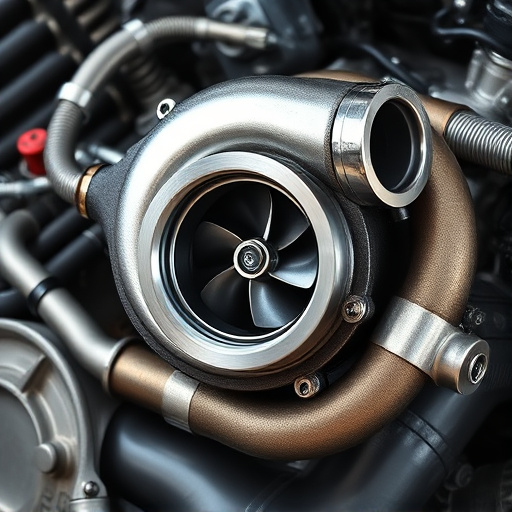
Cat back exhaust systems are a popular modification for turbocharged engines, offering significant benefits to vehicle performance. Unlike stock exhaust systems that route all gases through the catalytic converter initially, cat back setups direct the exhaust flow away from the converter, allowing for more efficient gas expansion and reduced back pressure. This modification not only enhances engine power but also improves throttle response, making driving feel more responsive and agile.
These systems typically consist of a series of pipes, headers, and exhaust tips designed to redirect the exhaust gases. The cat back design can include various components like headers, mufflers, and resonators, each contributing to better vehicle performance by optimizing gas flow and minimizing noise. In some cases, advanced cat back exhausts even incorporate technology to actively manage exhaust gases, further enhancing engine efficiency and reducing emissions.
Advantages of Installation for Turbo Engines
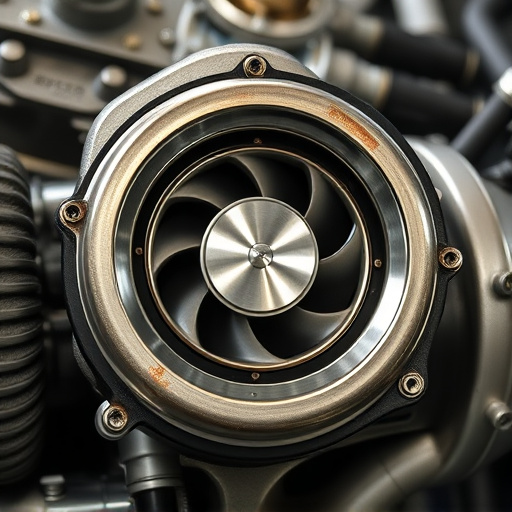
A cat back exhaust system offers several advantages when installed on turbocharged engines. By redirecting exhaust gases away from the engine bay, it helps to maintain optimal operating temperatures, which is crucial for consistent vehicle performance. This is particularly beneficial in high-performance vehicles where efficient air intake systems are essential for maximizing power output.
Additionally, a cat back exhaust contributes to improved sound and overall driving experience. Unlike stock exhaust systems that can produce unwanted noise and vibrations, these aftermarket installations provide a smoother, more refined exhaust note, enhancing the vehicle’s character without compromising on brake pad performance or overall safety.
Potential Drawbacks and Considerations
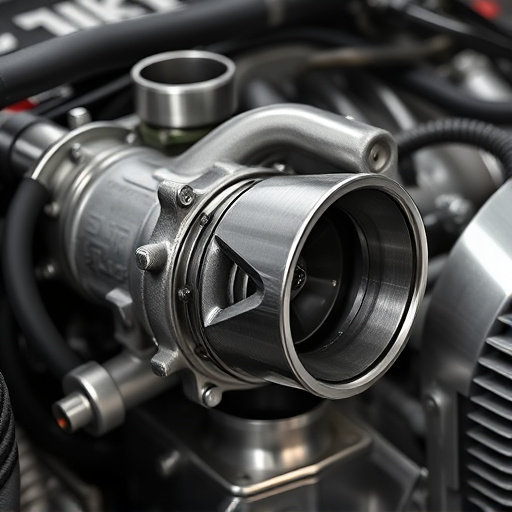
While a cat back exhaust can significantly enhance the performance of turbocharged engines, there are potential drawbacks to consider. One concern is the impact on sound levels, as removing the catalytic converter can lead to a more aggressive and louder exhaust note, which may not appeal to all vehicle owners. Additionally, the absence of the catalytic converter could result in slightly higher emissions levels, especially during initial engine breaks-in.
Another consideration is the effect on brake rotors. The increased heat from a performance exhaust system, including cat back exhausts, can accelerate wear and tear on these components over time, requiring more frequent replacement. However, proper installation and maintenance can mitigate these issues, ensuring that your vehicle maintains optimal performance and safety standards.
A cat back exhaust system can significantly enhance turbocharged engines, offering improved performance and a deeper, more robust sound. By redirecting exhaust gases away from the catalytic converter until after the turbocharger has done its job, these systems boost engine efficiency and power output. However, it’s crucial to consider potential drawbacks like reduced fuel economy and the need for proper installation to avoid backpressure issues. For optimal results, consult a professional to ensure your cat back exhaust system is tailored to your vehicle’s specific needs.
